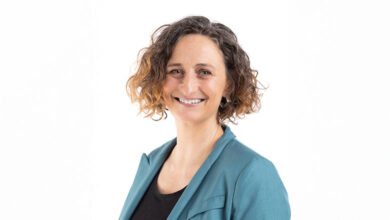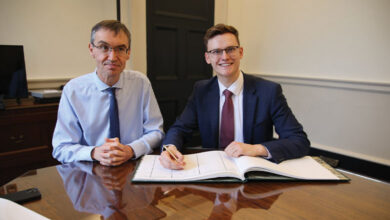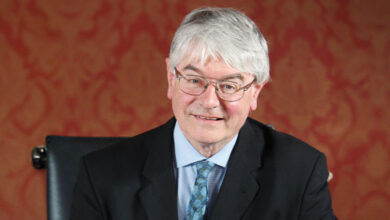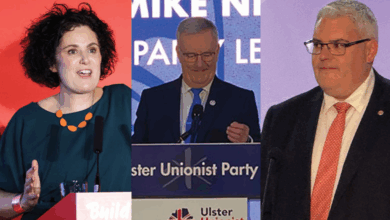Seán Kelly MEP: The data centre dilemma in Ireland’s digital future
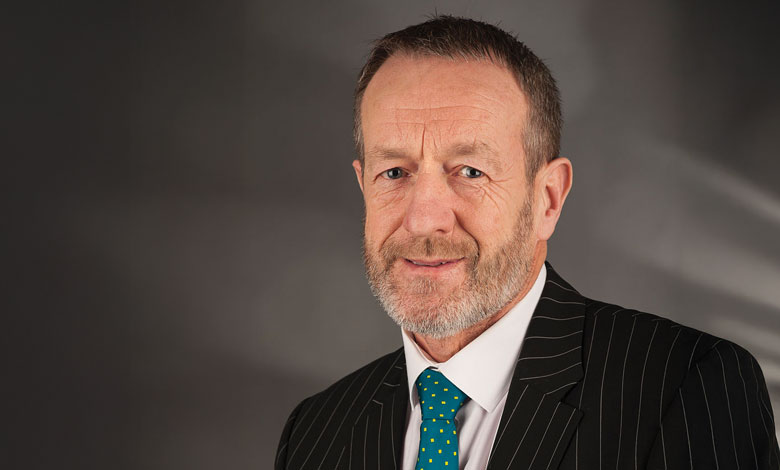
The AI revolution brings important policy choices and challenges for Ireland: how to remain a global hub for digital investment, particularly in AI and data centres, without breaching our electricity sector’s legally binding carbon budget, or putting the stability of the electricity system at risk, writes Seán Kelly MEP.
To add further complication to the mix, we need to make these choices while at the same time being hamstrung by our outdated electricity grid, and a planning system that often seems incapable of delivering critical infrastructure.
The impact of data centres on Ireland’s electricity demand (and by extension, our carbon budgets) has become an increasingly divisive issue, and it has grown dramatically in a short space of time. In 2015, data centres used just 5 per cent of our electricity. That figure soared to 21 per cent by 2023. With AI, cloud computing, and digital services expanding exponentially, that share could climb higher still.
As I highlighted during my recent policy webinar on this subject, which brought together key experts on renewable energy and the decarbonisation of electricity demand, this is a pressing issue that demands immediate, practical policy responses.
The Government and regulatory authorities have taken some initial steps. The Commission for the Regulation of Utilities (CRU) recently proposed new rules for connecting large energy users, including data centres, to the grid. Future data centres, under this proposal, would only be granted a grid connection if they can provide an equivalent level of dispatchable generation or energy storage nearby.
“A properly functioning planning system, faster permitting, and a streamlined approval process must be national priorities.”
In terms of the fundamental supply security question, this represents a pragmatic approach. Requiring data centres to contribute firm capacity, energy they can dispatch when needed, will certainly reduce the impact of data centres on the electricity system. It encourages responsibility and innovation from operators. However, it also raises a new key concern: if this “firm” capacity comes primarily from fossil fuel generators like gas turbines, as it is likely to, then how can we continue our excellent recent progress towards the decarbonised electricity system the International Energy Agency have outlined is necessary by 2035 if our net zero by 2050 ambition can be achieved.
Our Climate Action and Low Carbon Development Act commits us to a 51 per cent reduction in emissions by 2030 and net zero by 2050. The electricity sector bears the steepest burden: a 75 per cent cut by 2030 compared to 2018 levels.
How can we ensure continued investment without compromising these binding commitments?
There is no escaping the central economic role of the ICT sector. It now accounts for nearly a fifth of our Gross Value Added, around 10 per cent of all wages, over 6 per cent of total employment, and a staggering 25 per cent of corporate tax receipts. These are not just statistics; they reflect thousands of high-value jobs and a major part of our tax base that funds our crucial public services.
Ireland does not have a large manufacturing base. Our comparative advantage lies in being open, digital, and agile. Turning our backs on tech investment is not an option. However, neither is ignoring the need to transition rapidly to a competitive, net zero economy.
So what is the way forward?
First, we must support the technologies that enable clean, flexible power systems that can bulk time-shift large volumes of variable renewable electricity to times of high demand. Long Duration Energy Storage (LDES) is the key. If Ireland wants to exceed 80 per cent renewable electricity, as we have set as our target, then we need a way to store surplus wind and solar and release it when needed.
Second, we must utilise the enormous potential of Power Purchase Agreement (PPAs), especially the emerging 24/7 model that allows large users to fully match their energy use with clean electricity generation. This is not just good PR for tech companies, it provides a critically important alternative route to market for renewable energy projects, and particularly in the case of the 24/7 PPA, it ensures increased electricity demand supports, rather than undermines, the energy transition.
Third, we need to address the elephant in the room: our failure to upgrade, expand, and modernise our grid. Projects like the North-South Interconnector or local reinforcement lines take years, even decades, to complete. Meanwhile, demand accelerates and investors grow wary. This is not just a technical bottleneck; it is an existential threat to our competitiveness, and our energy independence.
As the newly appointed EPP Group Shadow Rapporteur on Electricity Grids in the European Parliament, I am advocating for treating key grid projects as overriding public interest. A properly functioning planning system, faster permitting, and a streamlined approval process must be national priorities.
My recent webinar, which included voices like Annie Scanlan of the RE-Source Platform and Peter Harte of NetZeroEnergy, confirmed that there is no shortage of innovation or ambition in the industry. What’s needed is coherence in policy, urgency in execution, and a clear understanding that Ireland’s digital future and its Net Zero future must go hand-in-hand.
Ireland can be both a digital leader and a climate leader, but only if we are willing to confront these challenges with honesty, creativity, and urgency.
Seán Kelly is a Fine Gael Member of the European Parliament (MEP) for Ireland South and a member of the Committee on Industry, Research and Energy (ITRE).

